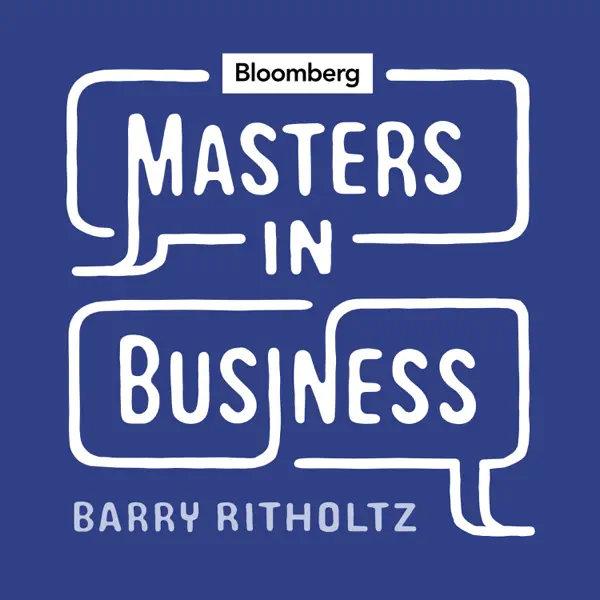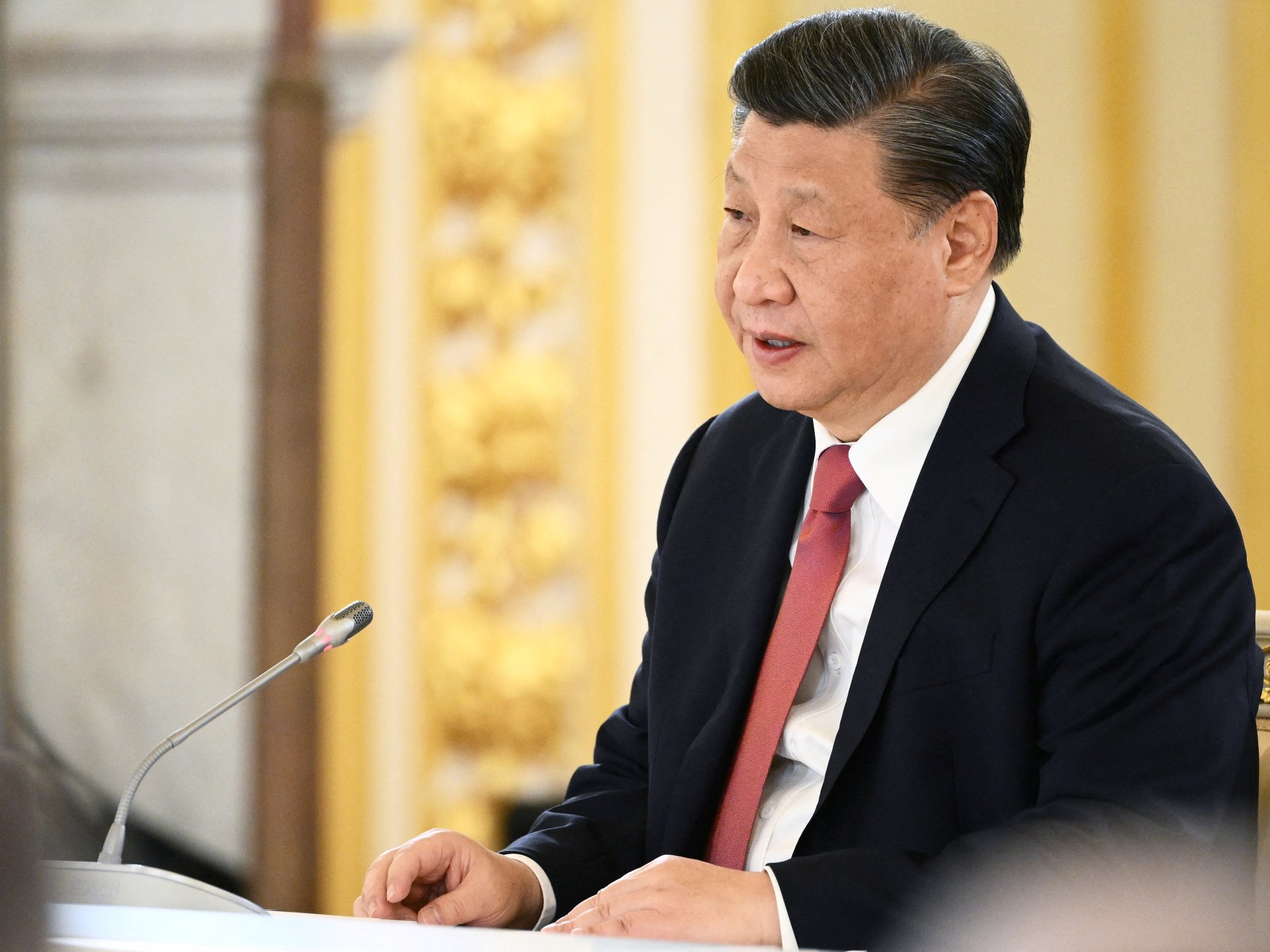As economists will tell you, the world runs on incentives. Human beings act rationally by making choices that have the greatest perceived value given all available outcomes. The history of tax law in America exemplifies this point. In the book Taxes Have Consequences: An Income Tax History of the United States, the well-known economist Arthur Laffer, with coauthors Brian Domitrovic and Jeanne Cairns Sinquefield, provides an in-depth look at American income tax history from a supply-side perspective. From chapter one, Laffer et al make it clear how they believe taxes impact the economy, saying “Low tax rates at the top permit the rich to pursue their natural inclination to put their resources to profitable use in the economy at large.” They go on to spend the rest of the book convincingly backing up the argument that taxes are a key driver of economic performance through a historical and economic analysis of the complex tax changes in this nation’s history.
Although he denies credit for inventing the concept, Laffer is best known for his work involving the Laffer Curve, which shows the relationship between tax rates imposed and tax revenue collected by the government. On this curve, there is a tax rate which will induce the maximum amount of tax revenue for the government. However, any rate above this point is called the prohibitive range. This means that tax rate increases in this range will only lead to a decrease in tax revenue due to the disincentives created to earn and/or fully report income. Throughout Taxes Have Consequences, Laffer et al argue that the tax rates on the top earners have been in the prohibitive range for all of American income tax history. The major tax cuts that have been enacted demonstrate this best, as every tax rate reduction has led to a subsequent increase in tax revenue for the government.
The first of these tax cuts happened in the Roaring ‘20s and were designed by U.S. Treasury Secretary Andrew Mellon. In 1921, the highest tax rate was 73 percent. By 1929, this rate had decreased to 24 percent. During this time, the tax revenue paid by the top 1 percent of filers more than doubled. GDP also rose by an astounding 45 percent. Laffer et al make a compelling case that tax cuts drove the Roaring ‘20s prosperity.
The next tax cut success was during the post-World War II boom. In 1945, Congress and President Truman agreed to lower the top war-time tax rate of 94 percent. The new rate of 86% percent meant after-tax earnings for the top income earners’ marginal dollar more than doubled. There was also a so-called “state-forced federal tax cut,” as states switched to community-property systems where income could be split among the husband and wife of a household for tax-filling purposes. These state reforms compelled Congressional action. Overriding President Truman’s veto, Congress introduced income-splitting into the federal tax code with the married filing jointly category, allowing most high earners to shift into lower tax brackets. These tax cuts, along with the elimination of the national jobs program proposal and decreases in federal spending, spurred economic recovery and prosperity in the late 1940s.
The John F. Kennedy tax cuts are another much-heralded success story for the supply-siders. There were three parts to these tax cuts that allowed the economy to boom. In 1962, Kennedy signed legislation which shortened the depreciation schedule for corporations and introduced an investment tax credit of up to 7 percent. Kennedy also cut taxes when he was given the power as the president to negotiate trade, reducing tariffs by an average of 35 percent. Finally, the 1964 tax reform, spearheaded by Kennedy and signed by Johnson shortly after Kennedy’s assassination, decreased the top personal income tax rate from 91 percent to 70 percent and the corporate rate from 52 to 48 percent. GDP growth expanded tremendously at over 5 percent per year in the second half of the 1960s—a direct result of the supply-side tax reforms, according to Laffer and his coauthors.
The next success story would not come until the period known as the Great Boom of 1982-2000. During this time, Art Laffer was an economic advisor to Ronald Reagan, and he helped him spur an economy that had previously been plagued by stagflation into a robust recovery. Over a series of tax-cutting bills through the 1980s, the top income tax rate was decreased to a modern low of 28 percent, and the top corporate rate was also decreased to 34 percent. The capital gains rate went down to 28.5 percent, the estate tax went down to 55 percent, and individual tax brackets were indexed for inflation. This all culminated in a booming economy, where economic growth on a per capita basis was an astounding 16 percent above the overall growth trend between 1950 and 2017.
Finally, there was the Trump tax cut, again based on analysis from Laffer and the supply-siders. This cut included a corporate rate decrease from 35 to 21 percent and a top individual rate decrease from 39.6 to 37 percent. These reforms allowed the United States to dramatically increase economic growth eight years into the recovery from the 2008-2009 recession, even as Eurozone growth slowed to a crawl.
Through each of these examples, Laffer et al mark tax rate cuts as the reason for both economic growth and tax revenue increases. The authors argue that this is no coincidence, since unleashing capital and providing entrepreneurs the incentive to invest leads logically to a booming economy. In many, if not all of these cases, these tax cuts were undoing high taxes that brought about economic downturn. For example, stagflation crippled the economy during Jimmy Carter’s administration, but the Reagan tax cuts were able to restore prosperity.
The authors detail the tax-avoidance schemes – most of them 100% legal – used by the wealthy and showed the great lengths to which the rich will go to shelter their income when tax rates are high. Municipal bonds were a great shelter for income, as the federal government cannot collect taxes on the interest paid by state and local government bonds. Entertainment expenses, leisure incorporations, and creative executive compensation packages also allowed high earners to avoid taxes. When there is an incentive to avoid taxes (high tax rates) and all of these legal ways to do it, it becomes obvious why government revenues drop when tax rates are increased.
Throughout the book, the authors demolish the arguments made by progressive economists such as Thomas Piketty that increasing tax rates on the rich to over 70 percent will lead to greater income equality. The basis of this argument is the U-shaped curve. As Laffer et al note, this analysis says that “income inequality used to be high, as it has been high in recent years (the sides of the U); however, in the mid-century, income inequality was low (the bottom of the U).” Piketty argues that taxation is behind this: income inequality goes up with low tax rates and down with high tax rates. However, Laffer et al show where this theory goes wrong. Because the rich did not fully report all their income to be taxed during these periods of high tax rates, the decline in measured inequality is an illusion; the yawning gap between rich and poor is masked by the disincentive for the rich to earn and report income by investing in growth-enhancing enterprises.
It is important to note that as the rich get richer (through lower top tax rates), the poor also get richer. So, on the flip side, as Laffer notes, when high top tax rates are introduced, both the rich and the poor are worse off. While in direct contradiction to Piketty’s income inequality argument, this lines up with a Daily Wire investigation that income-inequality is higher in progressive-run states with higher tax burdens. The states of New York, California, and Connecticut have the most inequality, and they all also have some of the highest tax burdens.
On a minor note of critique, while Laffer et al do a great job at showing the correlation between tax cuts and a booming economy, as well as tax increases and a sluggish economy, this book gives minimal mention to many of the other factors that impacted the economy outside of taxation. For example, the authors failed to discuss the monetarist view of the Great Depression, which implicates the Federal Reserve’s failure to keep the money supply from falling as the chief cause of the massive slump during the 1930s. Also, while discussing the economic boom from 1982 to 2000, Laffer fails to talk about the Fed’s role (with Paul Volcker at the helm) in getting the economy out of stagflation by dramatically increasing interest rates to cut inflation. And finally, it seems odd that the authors failed to mention the banking crisis a single time when discussing the Great Recession.
Overall, Taxes Have Consequences is a thorough review of the effects of taxation on the American economy and is a book that is well worth the read. Laffer et al are clearly able to debunk Thomas Piketty’s claims about promoting income equality with a “tax the rich” policy while driving home the point that taxation above the optimal amount shown on the Laffer curve is detrimental to the economy, both for individuals and the government. This book also serves as a warning to politicians and their constituents of the detrimental effects that come along with the “tax the rich” movement, showing how high tax rates can wreck the entire economy. For Laffer and his colleagues, taxation is the key to understanding the economy, and understanding its history is imperative to making wise economy-growing decisions in the future.
Brendan Cairney is an economics student at Ferris State University.















